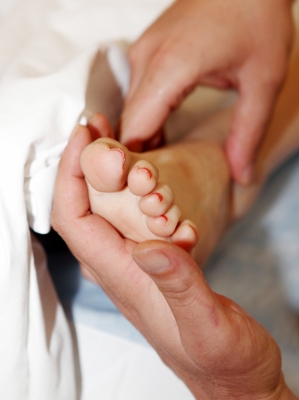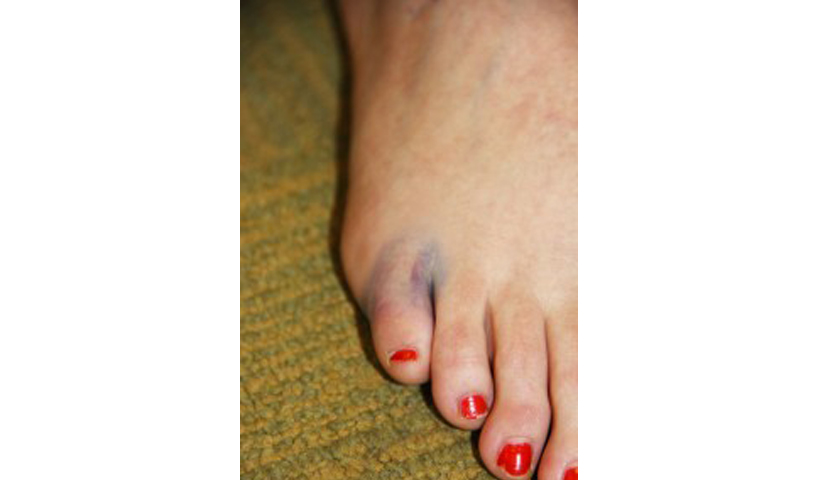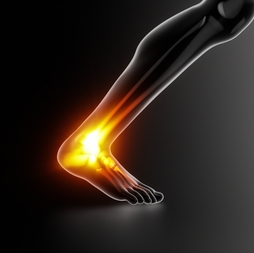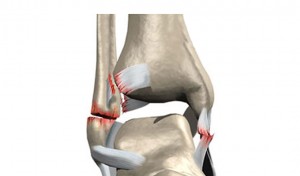You apply sunscreen to protect your skin from harmful UV rays, put on bug spray to protect it from getting bites, and slather on lotion to prevent it from becoming too dry. We are always trying to protect our skin, as we should. It’s the least we can do when you consider all it does for us! Our skin serves as a protective barrier against a host of outside elements, including pressure and friction. When these occur, skin reacts in an attempt to protect itself by forming thick patches called calluses. Unfortunately, this natural response to fend off friction can backfire, causing even more pressure and considerable discomfort.
Rubbing You the Wrong Way
The biggest culprit for the formation of calluses is typically your shoes. Footwear that is too tight can place an excessive amount of pressure on certain areas of your feet. Shoes that are too loose can slip and cause friction. Repeated rubbing stresses your skin, resulting in the build-up of thick layers of dead tissue. The bottom line is, if you want to avoid calluses, wear shoes that fit properly! Also, be sure to always wear socks with them, since they provide an added layer of protection. Stay away from high heels, too, that force too much weight upon your forefoot and tend to squish your toes.
Dealing with Deformities
 Sometimes the reason behind the development of a callus is an underlying foot deformity such as a bunion or hammertoe. Because of the uneven weight distribution and abnormal protrusions these cause, such deformities provide pressure points for friction to occur. Using padding in these areas can help protect them.
Sometimes the reason behind the development of a callus is an underlying foot deformity such as a bunion or hammertoe. Because of the uneven weight distribution and abnormal protrusions these cause, such deformities provide pressure points for friction to occur. Using padding in these areas can help protect them.
Flat feet can also make you susceptible to calluses. In this circumstance, orthotic shoe inserts can provide added support and cushioning, as well as help to correct your biomechanical deficiencies that can be contributing to the problem.
Leave the Care to Us
The thick, layered skin of calluses can not only be uncomfortable, but can also dry out, increasing your risk of fissures, and opening the door for infection. This is especially dangerous if poor circulation from diabetes has compromised your immune system. For this same reason, you should never try to cut away the dead skin on your own. Let the experts take care of it! At Country Foot Care, we will pare down the thickened layers to relieve pressure, then determine and treat the underlying cause of the problem. We may also recommend medication to soften the area, as well as suggest strategies to prevent recurrence, including switching to better fitting, more comfortable shoes. In extreme cases, a procedure to excise the hardened patch may be necessary, but this is rare.
If you are noticing calluses forming on your feet, it is time to make an appointment to see one of our talented doctors. You can reach us at either of our offices during regular hours or you can make an appointment online using the MAKE AN APPOINTMENT button in the upper right hand corner of this page. Let Country Foot Care help get you back to feeling comfortable in your own skin again!




